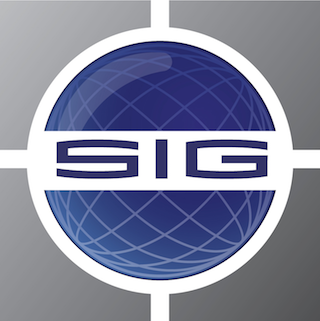US-led Western policies aimed at the technological and, in effect, commercial isolation of China — exacerbated by China’s ongoing cooperation with Russia despite sanctions over its invasion of Ukraine — have created a situation in which leading-edge innovation is becoming fragmented in both the private and the governmental spheres. This is inherently inefficient. Yet it is also spurring state investment at new levels, such that the overall effect, over the medium term, could well net out as positive. Nuclear fusion is a particularly interesting example that merits a closer look.
Fusion has always seemed five years away, rather as Brazil has proverbially been called “the country of the future … and it always will be.” (The unkind line is attributed to De Gaulle.) But as the US-China dynamic has become an enduring feature of geopolitics investment in fusion has increased dramatically, particularly in terms of public-private partnerships.
The main global fusion project since the 1980s has been the International Thermonuclear Experimental Reactor, known as ITER. Born from a meeting between Ronald Reagan and Mikhail Gorbachev and based in southern France, ITER has the US, China and Russia among its permanent members. Each member state contributes some particular part of the central project, a reactor based on the tokamak method. There is no practical way to excise one or another ITER participant. Sanctions against Russia for invading Ukraine have so far not dislodged Russia from ITER, although its participation has been controversial since the invasion.
ITER illustrates a type of international cooperation typical of the Reagan-Gorbachev era and now apparently a thing of the past. However, the swift decline of globalist cooperation has been matched in the fusion sector by a growth in government financing, private investment and public-private partnerships. Public funding, according to a new report from the Fusion Industry Association, went from $271 million in 2023 to $426 million in 2024 so far, or roughly half the private share of $900 million. (Funding to date is on the order of $7 billion.) The US, EU, British and Japanese governments have all shown significantly increased interest in working with private fusion companies. ITER itself is turning more toward private partnerships. Meanwhile the Chinese government continues to prioritize fusion work in government labs, universities like Tsinghua, and the (Chinese-style) private sector.
The growth of the fusion industry is a demonstration of how private-sector approaches differ from governmental ones. Tokamak is just one of several leading technologies for fusion, and companies are placing a wide variety of bets on various technologies, any one of which could prove to be the winner. The number of private fusion companies has doubled in the past six years. Some major companies, like Shine (US, $800 million in funding to date), are working to develop viable revenue streams, such as producing Lutetium for cancer treatment, while keeping an eye on the moonshot of clean, cheap energy. Others, like tiny Terra Fusion, also in the US, are startups pursuing one particular technology that they hope will be the breakthrough. Roughly half of fusion companies are in the US. Globally, most fusion companies have university and defense partners — in the US case, the national labs (managed by the Department of Energy, as their earliest priority was nuclear power) and the Department of Defense.
There is also significant US participation from ARPA, one of many echoes of the Internet development process of the 1970s. (The earliest Internet was the ARPAnet.) Unlike in that era, geopolitical fears are now combined with climate change. Fusion promises an end to carbon-based energy systems. However inefficient it might be to have politically structured private sectors, it could also prove to bring a technological solution to climate change sooner than would otherwise have been the case.
